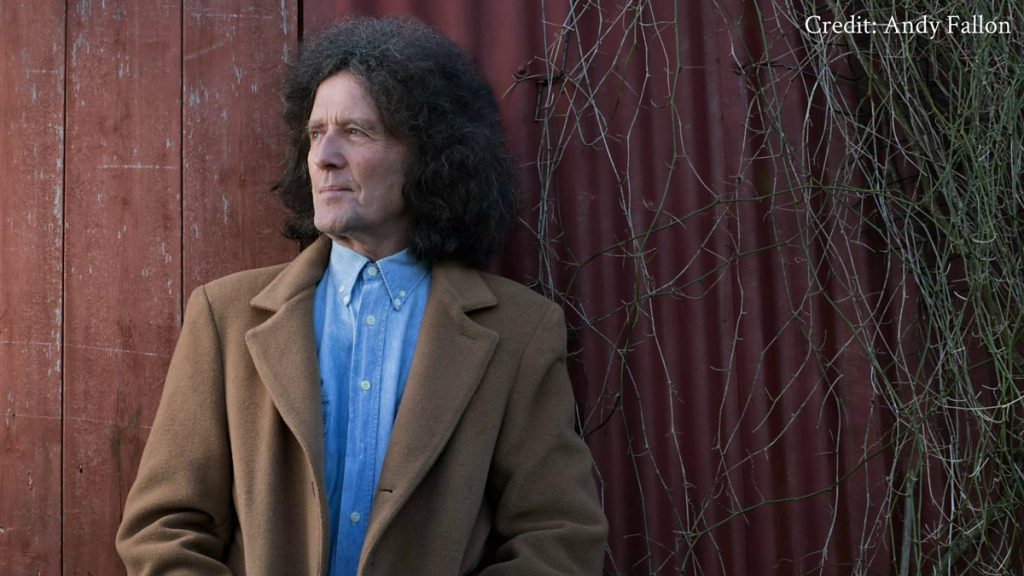
A Tender Ode to Innocence and Affection
In the early 1970s, a time when music was undergoing a transformative evolution, a sweet and tender melody graced the airwaves, capturing the hearts of many with its simple yet profound charm. “Clair,” a song by the gifted Irish singer-songwriter Gilbert O’Sullivan, emerged as a gentle reminder of the innocent and pure relationships that touch our lives, lingering in our memories like a cherished photograph.
Released in 1972 as part of the album “Back to Front,” “Clair” quickly climbed the charts, reaching number two on the UK Singles Chart and becoming a beloved hit in several countries. In the United States, it peaked at number two on the Billboard Hot 100 chart, showcasing its widespread appeal and universal resonance. This enchanting song is a testament to O’Sullivan’s ability to craft melodies that speak directly to the heart, transcending generational boundaries.
At first listen, “Clair” seems to be a simple love song. However, its origins are deeply personal and rooted in O’Sullivan’s own life. The titular Clair was not a romantic interest but rather the young daughter of his manager, Gordon Mills. O’Sullivan often babysat Clair and developed a close bond with her, which became the inspiration for this touching tribute. The song captures the innocence and joy of their relationship, portraying O’Sullivan’s affection for Clair in a manner that is both tender and respectful.
The lyrics of “Clair” convey a sense of warmth and nostalgia that resonates with listeners of all ages. From the opening lines, O’Sullivan’s gentle voice invites us into a world where simplicity reigns supreme, where love is unencumbered by complexity or expectation. There is something profoundly moving about the way he expresses his fondness for Clair, an affection that is pure and untainted by the adult world’s complications.
Gilbert O’Sullivan has an extraordinary talent for storytelling through song, and “Clair” is no exception. The narrative unfolds with an intimate sincerity that draws listeners into O’Sullivan’s world, allowing them to experience his emotions as if they were their own. The song’s arrangement complements its lyrical content beautifully; soft piano melodies intertwine with delicate guitar strings, creating a soothing backdrop that enhances the heartfelt message at its core.
As we listen to “Clair,” we are reminded of our own experiences with children—moments filled with laughter, wonder, and an overwhelming sense of love that defies description. For older listeners, the song may evoke memories of their own children or grandchildren, stirring emotions long tucked away yet never forgotten. It is this ability to resonate on such a personal level that has cemented “Clair” as an enduring classic.
In addition to its emotional depth, “Clair” stands out for its unique structure. The song concludes with the sound of Clair herself giggling—a delightful touch that adds authenticity and warmth to an already endearing composition. This playful ending serves as a gentle reminder of life’s simple joys and the precious connections we form along our journey.
While many songs from the era have faded into obscurity, “Clair” remains relevant due to its timeless theme of love in its purest form. It speaks to anyone who has ever experienced the joy of caring for another person without expectation or condition—a sentiment that never grows old.
In reflecting on Gilbert O’Sullivan’s illustrious career, it becomes evident that his music possesses an unparalleled ability to touch hearts across generations. With “Clair,” he created more than just a hit single; he crafted an everlasting tribute to innocence and affection—a piece of musical history that continues to inspire and comfort those who hear it.
As we revisit this beloved classic today, let us embrace its message wholeheartedly: cherish those moments spent with loved ones—especially children—and hold onto them dearly as time marches forward. For in these fleeting instances lies life’s true beauty—captured forever within songs like “Clair.”